Spectacular discoveries in New Guinea
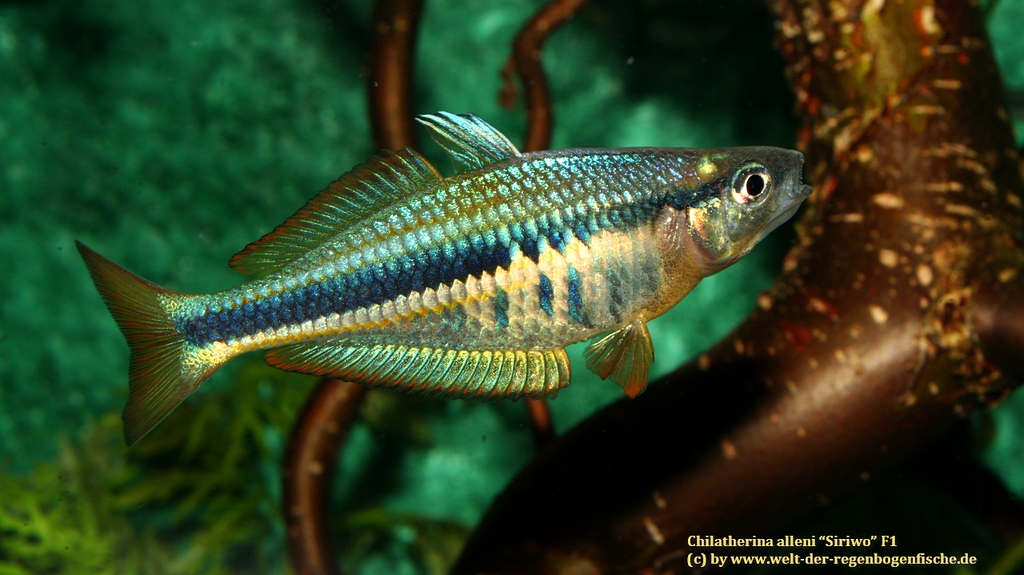
Scientists made the astounding discoveries, which also included a river shark and dozens of butterflies, on New Guinea at a rate of two a week from 1998 to 2008, WWF said in a new report on the island’s natural habitat. A frog with fangs, a blind snake and a round-headed dolphin are among more than 1,000 new species recently found on the incredible Melanesian island of New Guinea.
New Guinea, divided between Indonesia in the west and Papua New Guinea to the east, has one of the world’s least spoilt and most stunning ecosystems. Its rainforests are the third biggest in the world after the Amazon and the Congo, and, while the island covers just 0.5 per cent of the Earth’s landmass, it contains up to eight percent of the world’s species, according to WWF.
Final Frontier: Newly discovered species of New Guinea (1998 – 2008)
What was previously known about New Guinea’s biodiversity was already breathtaking, such as the world’s biggest butterfly – with a 30-centimetre (12-inch) wingspan – and giant rats that can grow up to a metre long. Scientists believe that one square kilometre (247 acres) of the island’s lowland rainforest may contain as many as 150 bird species.
The 1,060 species confirmed by scientists as new discoveries between 1998 and 2008 are believed to have only scratched the surface of New Guinea’s dazzling ecosystems.
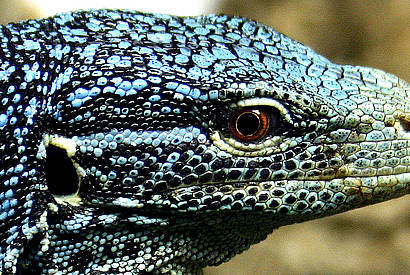
One of the most notable finds documented in the WWF report was a round-headed and snub-finned dolphin, which swims in protected, shallow coastal waters near rivers and creek mouths. Discovered in 2005 in Papua New Guinea, it was the first new dolphin species recorded anywhere in the world in three decades, and is now known to also exist in Australia.
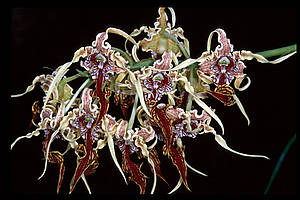
Another of the 12 mammals found over the decade was an anteater named in honour of British naturalist Sir David Attenborough, Sir David’s Long-beaked Echinda or, scientifically, Zaglossus attenboroughi. One of the 134 frogs discovered was dubbed Litoria sauroni because its striking red and black spotted eyes reminded scientists of the evil character Sauron in the “Lord of the Rings” movies. Another new frog was notable because of its tiny size – just one centimetre in length, while one had vampire-like fangs. Nine snail species, some so colourful as to be almost unrecognisable from the backyard-garden-type variety, were among the 580 new invertebrates discovered. One of the snails was bright yellow, while another was green and yellow. Among the other new invertebrates was a brightly coloured apricot crayfish, part of the family of creatures called “yabbies” in Australia and some other parts of the world, which was nine to 12 centimetres long. New fish totalled 71, with a kaleidoscope of colours, including one in the coral reefs of Milne Bay in Papua New Guinea that thrilled scientists with its dazzling blue hue.
WWF said the most extraordinary freshwater discovery was a 2.5-metre-long river shark found in Papua New Guinea that has since also been located in northern Australia. Of the 43 reptiles discovered, one could claim to be the most innocuous snake in the world – it was just 12-14 centimetres long, had scales over its eyes so that it could not see, could not bite and had no venom.
But WWF said the excitement of all the new discoveries had been tempered by the fact that, like in the Amazon and Borneo rainforests, human actions were destroying New Guinea’s natural habitat at an “alarming rate”. Some of the growing threats it listed were illegal and unsustainable logging, forest conversion for palm oil plantations, mining, road construction and unsustainable fishing. (TerraDaily)
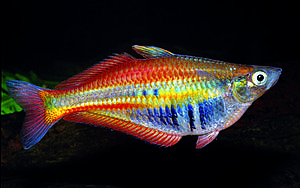
In PNG between 1972 and 2002, independent studies have shown that 24 per cent of rainforests were cleared or degraded through logging or subsistence agriculture. The same studies point out that the forest clearance rate for forests accessible to industrial logging is up to 3.4 per cent annually, much higher than previously reported. China buys close to 82 per cent of PNG’s timber exports each year, representing a total volume of over two million cubic meters. Studies suggest 70 per cent of this logging is illegal.
Demand for palm oil is also destroying many of New Guinea’s most valuable rainforests. Large forest areas on the island (and across the region) are being cleared for oil palm monocultures, destroying critical habitat for many endangered species. The destruction of these forests, which are usually cleared by burning releases huge amounts of greenhouse gasses into the atmosphere and accelerates climate change.
However, many oil palm producers in New Guinea and around the world are pursing certification through the Roundtable on Sustainable Palm Oil (RSPO), the world’s most credible sustainable palm oil initiative. Certified Sustainable Palm Oil (CSPO) guarantees that social and environmental safeguards have been met during production. And importantly, CSPO also assures that high conservation value forests haven’t been cleared.
Based on the first chapter of WWF’s new Living Forests Report, more than 230 million hectares of forest will disappear around the world by 2050 if no action is taken. The report proposes that policymakers and businesses unite around a goal of Zero Nett Deforestation and Degradation (ZNDD) by 2020 as a global benchmark to avoid dangerous climate change and curb biodiversity loss. (WWF)
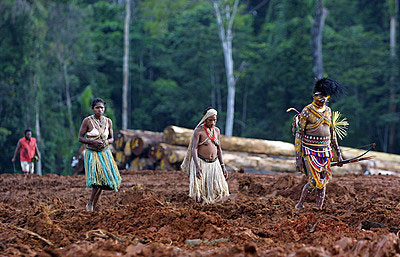

Commenting rules and guidelines
We value the thoughts and opinions of our readers and welcome healthy discussions on our website. In order to maintain a respectful and positive community, we ask that all commenters follow these rules.